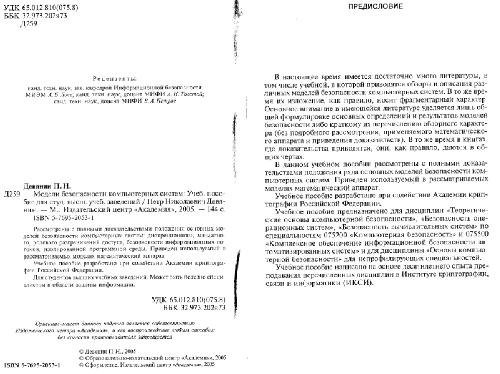- 2 402 202 книги
- Поиск
libcats.org










Valve-Regulated Lead-Acid Batteries
Patrick T. Moseley, Jurgen Garche, C.D. Parker, D.A.J. RandFor many decades, the lead-acid battery has been the most widely used energy-storage device for medium- and large-scale applications (approximately 100Wh and above). In recent years, the traditional, flooded design of the battery has begun to be replaced by an alternative design. This version - the valve-regulated lead-acid (VRLA) battery - requires no replenishment of the water content of the electrolyte solution, does not spill liquids, and can be used in any desired orientation. Since the VRLA battery operates in a somewhat different manner from its flooded counterpart, considerable technological development has been necessary to meet the exacting performance requirements of the full range of applications in which rechargeable batteries are used.
The valve-regulated design is now well established in the industrial battery sector, and also appears set to be adopted widely for automotive duty.
This book provides a comprehensive account of VRLA technology and its uses. In the future, all industrial processes - including the manufacture of batteries - will be required to conform to the conventions of sustainability. Accordingly, the crucial areas of the environmental impact associated with the production and use of VRLA batteries and the recycling of spent units are also treated thoroughly.
Valve-Regulated Lead-Acid Batteries gives an essential insight into the science that underlies the development and operation of VRLA batteries and is a comprehensive reference source for those involved in the practical use of the technology in key energy-storage applications.
- Covers all major advances in the field.
- Provides a comprehensive account of VRLA technology and its uses.
- First book dedicated to this technology.
The valve-regulated design is now well established in the industrial battery sector, and also appears set to be adopted widely for automotive duty.
This book provides a comprehensive account of VRLA technology and its uses. In the future, all industrial processes - including the manufacture of batteries - will be required to conform to the conventions of sustainability. Accordingly, the crucial areas of the environmental impact associated with the production and use of VRLA batteries and the recycling of spent units are also treated thoroughly.
Valve-Regulated Lead-Acid Batteries gives an essential insight into the science that underlies the development and operation of VRLA batteries and is a comprehensive reference source for those involved in the practical use of the technology in key energy-storage applications.
- Covers all major advances in the field.
- Provides a comprehensive account of VRLA technology and its uses.
- First book dedicated to this technology.
Популярные книги за неделю:

Проектирование и строительство. Дом, квартира, сад
Автор: Петер Нойферт, Автор: Людвиг Нефф
Размер книги: 20.83 Mb

Система упражнений по развитию способностей человека (Практическое пособие)
Автор: Петров Аркадий НаумовичКатегория: Путь к себе
Размер книги: 818 Kb

Сотворение мира (3-х томник)
Автор: Петров Аркадий НаумовичКатегория: Путь к себе
Размер книги: 817 Kb

Радиолюбительские схемы на ИС типа 555
Автор: Трейстер Р.Категория: Электротехника и связь
Размер книги: 13.64 Mb
Только что пользователи скачали эти книги:

Седьмая проблема Гильберта
Автор: Фельдман Н.И.Категория: Mathematics, Number theory
Размер книги: 4.09 Mb

Модели безопасности компьютерных систем
Автор: П. Н. ДевянинКатегория: Компьютерная безопасность
Размер книги: 1.06 Mb

Elliptic Structures on 3-Manifolds (London Mathematical Society Lecture Note Series)
Автор: Charles Benedict Thomas
Размер книги: 687 Kb

Learn Arabic the Fast and Fun Way
Автор: Munther YounesКатегория: Образование
Размер книги: 7.65 Mb

Estuarine Indicators (Marine Science Series)
Автор: Stephen A. BortoneКатегория: Наука (общее), Научно-популярное
Размер книги: 13.92 Mb

The Complete IS-IS Routing Protocol
Автор: Hannes Gredler, Автор: Walter Goralski
Размер книги: 5.34 Mb






